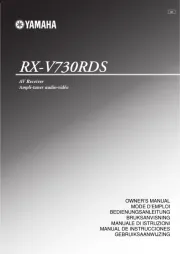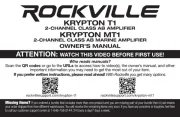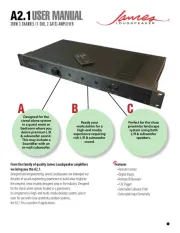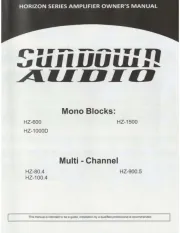Yamaha RX-E600 Bruksanvisning
Läs gratis den bruksanvisning för Yamaha RX-E600 (139 sidor) i kategorin mottagare. Guiden har ansetts hjälpsam av 65 personer och har ett genomsnittsbetyg på 4.4 stjärnor baserat på 33 recensioner. Har du en fråga om Yamaha RX-E600 eller vill du ställa frågor till andra användare av produkten? Ställ en fråga
Sida 1/139

RX-E600
OWNER’S MANUAL
MODE D’EMPLOI
BEDIENUNGSANLEITUNG
BRUKSANVISNING
GEBRUIKSAANWIJZING
ИНСТРУКЦИЯ ПО ЭКСПЛУАТАЦИИ
Receiver
Récepteur
G
Produktspecifikationer
| Varumärke: | Yamaha |
| Kategori: | mottagare |
| Modell: | RX-E600 |
Behöver du hjälp?
Om du behöver hjälp med Yamaha RX-E600 ställ en fråga nedan och andra användare kommer att svara dig
mottagare Yamaha Manualer

10 Juni 2025

9 April 2025

9 April 2025

1 Januari 2025

1 Januari 2025

1 Januari 2025

1 Januari 2025

1 Januari 2025

1 Januari 2025

1 Januari 2025
mottagare Manualer
- TV One
- Audizio
- Devialet
- Neets
- Radial Engineering
- Axing
- Atlas
- Axton
- FBT
- Panasonic
- Clarion
- Advance
- Selfsat
- Summit Audio
- PEMP
Nyaste mottagare Manualer

19 Oktober 2025

19 Oktober 2025

18 Oktober 2025

18 Oktober 2025

18 Oktober 2025

18 Oktober 2025

17 Oktober 2025

15 Oktober 2025

15 Oktober 2025

15 Oktober 2025